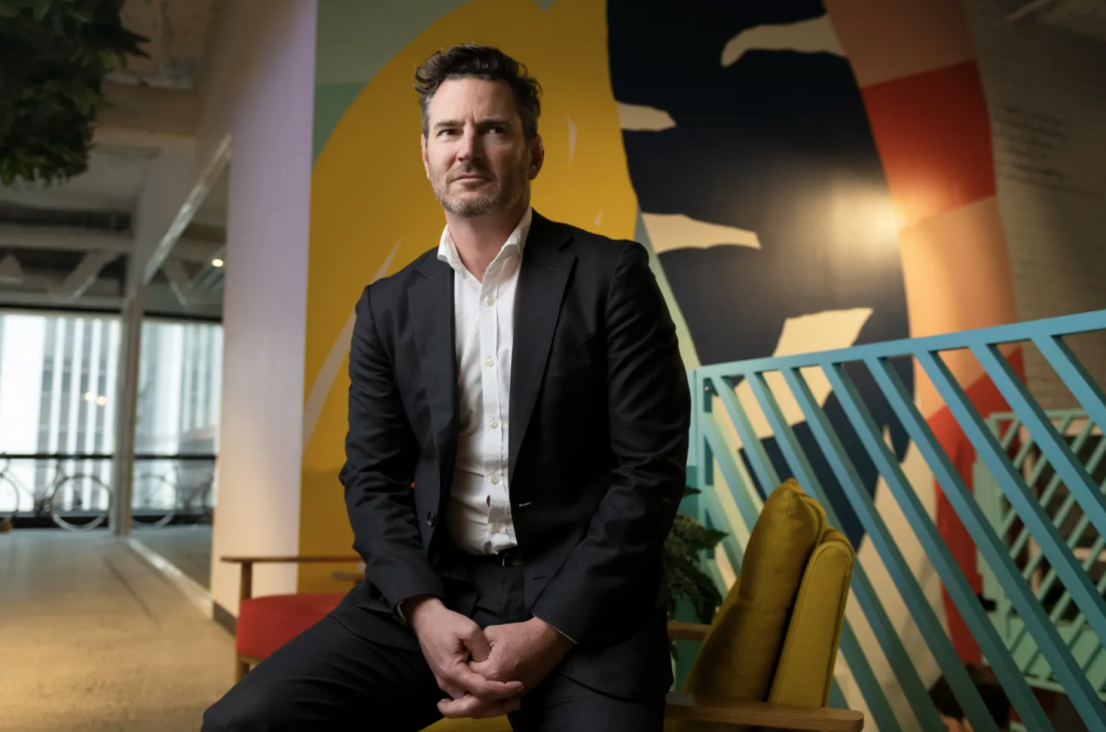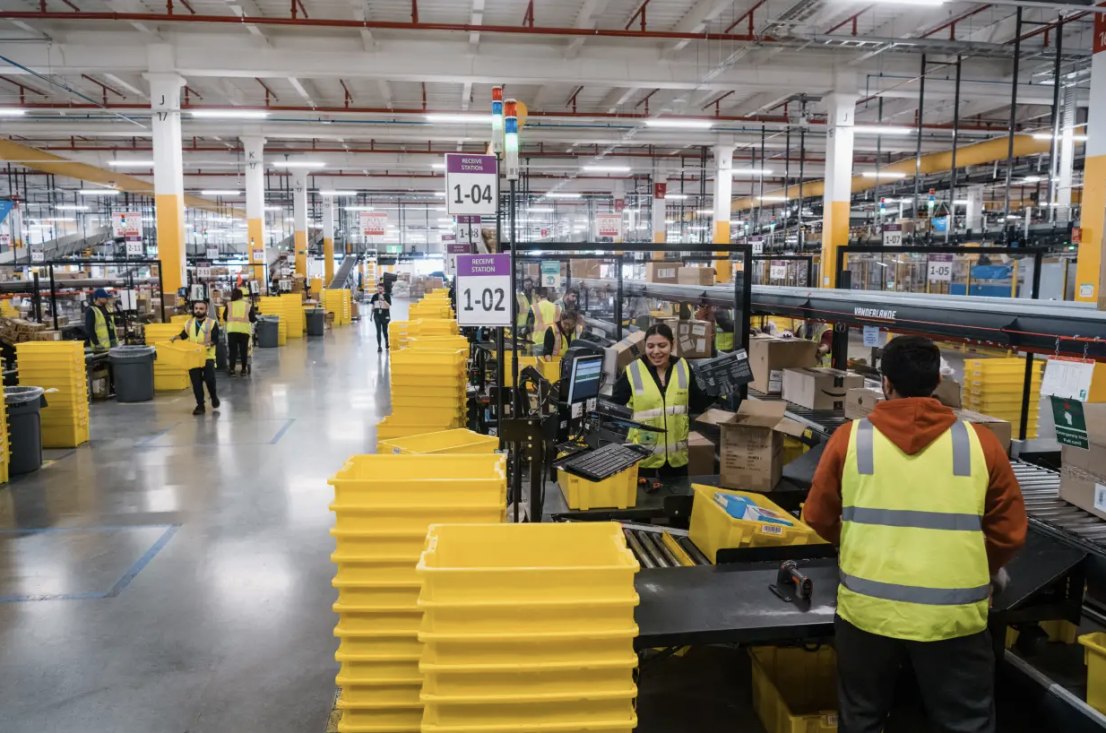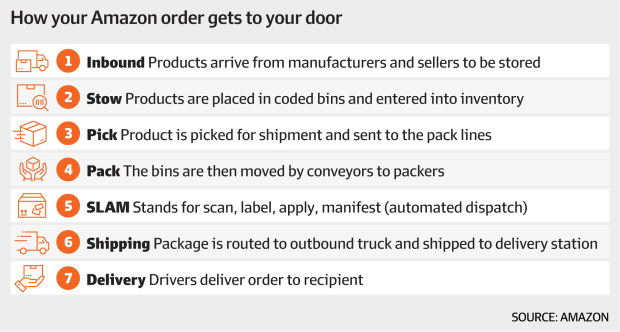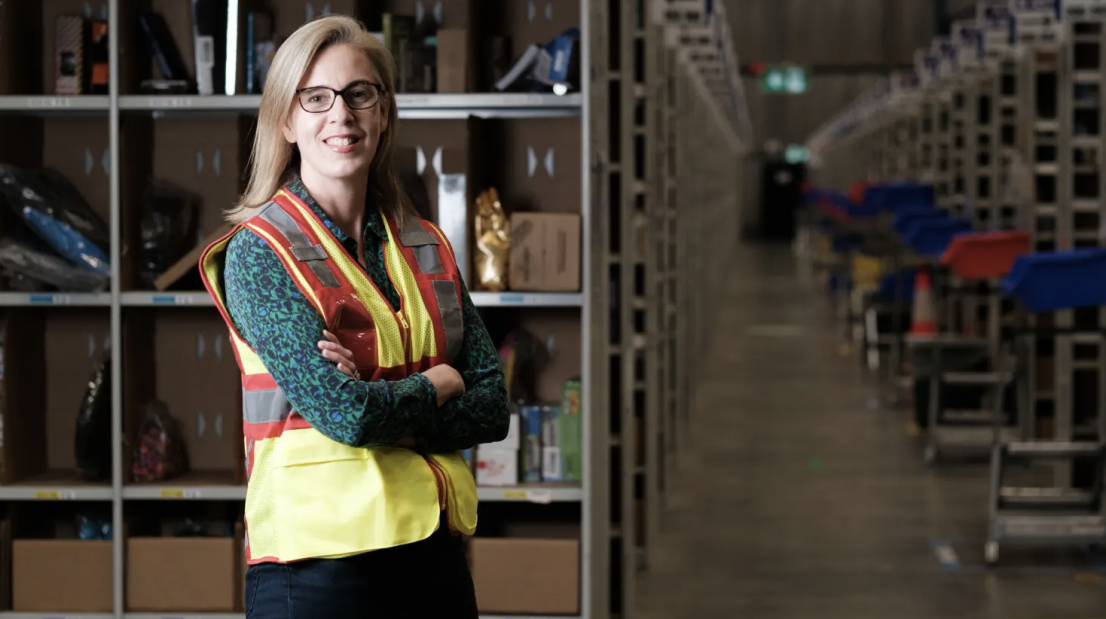With every company needing to harness the full power of technology to remain competitive, there is now a perpetual stampede to hire tech talent. Demand is growing exponentially for skills such as software engineering, data management, platform design, analytics-based automation, customer experience design, and cybersecurity. Eighty-seven percent of global senior executives surveyed by McKinsey said their companies were unprepared to address the gap in digital skills—and that was before the pandemic caused dramatic shifts toward remote work and e-commerce. The pressure is particularly acute for employers outside the tech sector.
One frequently repeated solution to the shortage of tech talent is for companies to hire candidates with more unconventional backgrounds. That sounds logical in theory, but it’s hard to put into practice. Hiring managers are skittish about choosing people with learning curves to fill mission-critical roles. It’s human nature to hold out for someone who feels like a safe choice because they already perform exactly the tasks you need.
Recent research from MGI and McKinsey’s People & Organizational Performance Practice offers some reassurance that could make it easier for companies to hire for potential rather than searching for an elusive perfect fit. In addition to showing how work experience enhances the value of human capital over time, the analysis quantifies the skill differentials associated with specific job moves. Zeroing in on the tech professionals in the data set shows that people routinely break into tech from other fields, and they make substantial shifts in skills and specialization when they do.
Our research shows that people are capable of mastering distinctly new skills and that unconventional tech hires are not so unconventional after all. But the willingness to hire them and the commitment to help them expand their capabilities require a shift in thinking.
The tech professionals in our data set are well paid and mobile—and 44 percent of them started in nontech occupations
Our data set of four million de-identified online work histories in four countries includes roughly 280,000 tech professionals, and it’s clear that they earn more and move more often than workers in other fields. Roughly 90 percent of the tech occupations we analyzed deliver above-average lifetime earnings. While workers across all professions changed roles every 3.2 years on average, tech professionals moved almost 20 percent more often, switching roles every 2.7 years.
We parsed millions of online job postings to quantify the “skill distance” associated with specific job moves (the share of new or nonoverlapping skills associated with the new job when someone makes a change).1 The size of the differential reflects someone’s opportunity to acquire or deploy additional skills when they assume a new role. People who start in tech typically overcome a skill distance of 27 percent every time they change roles.
More intriguing for hiring managers is the subset of tech professionals who started out in other types of occupations. These are not the experts who earned computer science degrees and never deviated from their chosen path. These are people who started out in entirely different lines of work and then reinvented themselves by adding new abilities along the way, perhaps learning to code, understand web architecture, or develop apps.
This is a common phenomenon in tech. Forty-four percent of the individuals who held tech roles at the end of the period we observed transitioned from non-IT occupations (Exhibit 1). To do so, they had to master a greater share of distinctly new skills—and their reward for doing so is upward mobility.
Exhibit 1

By making bold moves and moving more frequently, newcomers to tech boost their lifetime earnings. Almost two-thirds of their lifetime earnings can be attributed to experience capital, or skills learned on the job. These workers moved an average skill distance of 53 percent, sharply higher than the norm when people who started out in the field make a move. This indicates that workers who want to push out of their comfort zones are often capable of developing and applying more new technical skills than many hiring managers assume. Over the period we observed, these newcomers grew their salaries annually by 5.3 percent on average, higher than the 2.3 to 2.6 percent growth for those who started in tech.
Individual journeys illustrate how people break into tech and master distinctly new technical skills
Seventy percent of the workers in our data set who pivoted into tech roles started in professional services, healthcare, or other STEM fields. Within professional services, the most common occupations for those who moved into tech were general, operations, and marketing managers; management analysts; public relations and market research specialists; business operations and human resource specialists; office assistants; and customer service representatives. Mechanical and industrial engineers and social science researchers were among those who left other STEM specialties to enter tech. An additional 20 percent came from creative or education and community service roles; their most common paths started in graphic design or teaching and development. In general, workers moving from nontech to tech roles add skills like tech support, programming, application development, and web infrastructure.
Some common tech roles that offer newcomers an entry point include application software developers, IT support specialists, web developers and administrators, and document management specialists. From these launching pads, the sky is often the limit in tech, where things evolve so quickly that the field is wide-open for anyone who can keep up, regardless of pedigree.
Almost three in five workers who ended up as IT managers in the United States started in non-IT roles. They typically launched their careers as operations and marketing managers or management analysts. A quarter of German computer programmers once held roles in fields like graphic design. Sixteen percent of India’s information security analysts were previously in roles such as customer service representatives and administrative assistants.
Within the data are stories of individuals with a drive to learn, grow, and move up the earnings ladder. Consider the worker who began as a customer service rep, a role that requires ten skills such as sales ability, customer relationship management (CRM) tools, documentation, and communication. About three years later, she became a tech support specialist, a role that required four new skills on top of those she was already using (in this case, technical data analysis, data management, technical support, and knowledge of IT frameworks). This move involved a skill distance of 47 percent. Some years later, she made another strategic move to become an information security analyst, with a skill distance of 53 percent from her previous role (Exhibit 2). These challenging moves brought her pay increases exceeding 40 and 50 percent, respectively.
Exhibit 2

Another example is a UK resident who started as an office assistant at a large university. She took a one-year sabbatical, using her time off to take online courses in JavaScript and Python. She put those new skills to work as a resource manager at a small education technology company. A few years later, she became an associate network administrator at a defense technology company, eventually earning a promotion into an IT manager role. These moves had an average skill distance of 55 percent.
Another story that leapt out of the data was that of a US truck driver who took online courses on his own time. He eventually landed a job as a systems and data analyst with a midsize healthcare services provider—a major leap involving more than 90 percent new skills from his days handling a big rig. After three years in the position, solidifying his skills, he was hired as a software developer by a small solutions provider. Two years later, he became lead developer for a fast-growing IT service company.
Three strategies are key to cultivating tech talent
Companies that are not digital natives routinely find themselves outbid for tech talent or bypassed by highly experienced candidates. That’s an indication that they need a fundamentally different approach to hiring, retaining, and enabling the talent they need—one that moves away from insisting on narrow specialization and takes a broader view of the potential within people.
1. Don’t overlook people within your own organization who could make a switch
The tendency to pigeonhole people based on the work they do in their current roles is particularly ingrained when it comes to current employees. In Germany, more than 80 percent of the total role moves observed in our data set involved someone leaving one employer for another. Individuals who want to reinvent themselves often have to go to a new environment to do so. Compared with those who are already in tech roles, workers with nontech backgrounds are almost 30 percent more likely to leave their current employers to become systems software developers.
Since organizations typically pay a premium for external talent and cannot always know if a candidate will be a cultural fit, it makes sense to take a real inventory of the capabilities that are already available internally, in proven employees, before looking for external candidates.
Employers can benefit from making job movement within the boundaries of their organizations more fluid. It may feel more comfortable to let someone competent continue doing the same thing rather than letting them try on an entirely different hat. But the best place to look for people with aspirations and untapped potential is often within. Investing in learning and development opportunities for people who already know the business and have proven to be bright and reliable can be a safer bet than looking externally.
Internal opportunities don’t have to involve promotions. They can be lateral moves with greater tech specialization. The most important element is helping people gain more varied experience. Creating internal mobility that enables employees to add new skills and change course can keep them energized and stem attrition. In a June 2021 Gallup survey of 15,000 US workers, 61 percent said that the opportunity to learn new skills is an extremely or very important factor in deciding whether to stay at their current job.
2. Have the confidence to make bolder hiring decisions
Although the data show that tech talent can come from a broad range of backgrounds, some employers remain conservative when it comes to hiring. Weighed against the sheer speed of technology advances and the fact that tech workers have greater mobility, caution can be self-defeating.
Since it’s common for people who enter tech roles for the first time to expand their skill set by more than 50 percent, employers need a new lens that enables them to select candidates based on their potential as well as their past.
This means assessing candidates not only on their current responsibilities but also on their transferable skills, intrinsic capabilities, and potential to succeed in new roles. Since technical skills can be taught, it makes sense to look for the kind of mindset and relevant soft skills the role demands. Did candidates need an analytical mind or meticulous attention to detail in previous jobs? Have they been problem solvers, and do they appear to be adaptable? Are they good communicators and multitaskers who enjoy solving puzzles? Digital tools, including gamified options for pre-employment testing, can help with these types of assessments. Employers can also use data on the predictors of success, including factors beyond the candidate’s current day job. Analyzing candidate profiles against performance outcomes can help an organization refine its hiring criteria over time.
Removing strict requirements for a college degree can be liberating, and growing numbers of employers are going this route. In our data set, significant shares of workers who transitioned into technology occupations did not have college degrees. This applies to 10 percent of network technicians, 15 percent of information security analysts, 21 percent of network administrators, 24 percent of IT support specialists, and 26 percent of computer maintenance workers.
Hiring managers can tap into broader talent pools by considering midcareer workers who want to change their trajectory. Companies can also benefit from considering people who may have stepped off the career track for caregiving responsibilities or sabbaticals but now want to return to work. It’s never too late to embark on a tech career; more than half of the workers in our data set who started elsewhere and wound up in tech roles made bold moves later in their careers.
3. Train to retain
Given the mobility of tech workers, employers need to assess the totality of what they offer employees—and one of the most important components is the opportunity to learn. It may feel counterintuitive to invest in training someone who might leave, but the greater risk is failing to train and develop people who stay. Deepening and expanding the digital skills of the entire workforce pays off in the form of productivity, innovation, and retention.
Learning can take the form of structured in-person courses tailored to specific employee cohorts or digital content modules that employees can access on their own. However, nothing can substitute for learning by doing and coaching delivered in the moment. Every organization needs frontline and middle managers with the ability to teach as well as workers with the ability to learn.
Companies that still have a long way to go in their digital transformations may feel at a disadvantage when it comes to instilling technology skills. But they can tap into an entire ecosystem of technology training resources. They can, for example, pay for people to attend outside classes or boot camps or make use of the rapidly proliferating universe of online courses.
The most sought-after employers emphasize lifelong learning for all employees. Closing gaps in digital skills is not a one-time effort but a continuous process. The fast-changing nature of technology means that even high-level experts are constantly learning and improvising on the job. Opening the field to all employees—especially people who want to reinvent themselves—is a smart tactic for activating talent and staying on the cutting edge.












